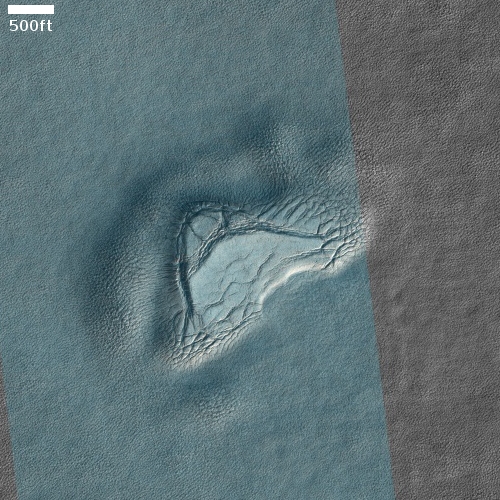Capitalism in space: It appears NASA used the private company Axiom as its go-between to obtain a seat for an American astronaut on the next Soyuz launch to ISS in April.
The deal is very complex.
Based on the initial partnership arrangement between the Russians and NASA, astronauts for both countries would fly in equal numbers on each other’s spacecraft in a barter arrangement that involved no exchange of funds. Russia however has been balking at flying its astronauts on Dragon, claiming it does not yet meet their standards for a manned spacecraft. Thus, they have been demanding that NASA pay them to fly an American on Soyuz.
NASA meanwhile doesn’t have the funds, but it still wants to make sure there is always an American on board ISS, and to do that requires a second ferry besides Dragon to provide redundancy. With Boeing’s Starliner delayed, they have been trying to get a seat on Soyuz as part of that barter deal, to no avail.
The solution? Private enterprise! To get that Soyuz seat at no cost it appears NASA made a barter deal with the private space company Axiom. Axiom is apparently paying the Russians for a seat on next month’s Soyuz flight, which will be filled by a NASA astronaut, and gets in return from NASA a free spare seat on a later American capsule.
The result? NASA pays nothing to the Russians, and still gets its seat on Soyuz. Where Axiom is getting the financing for its purchase is unclear, but because it is getting an extra seat at no cost that it can sell later for a big profit, I suspect that financing was not difficult to obtain.
The details for Axiom’s deal with Roscosmos have not as yet been revealed, though I am sure the Russians charged Axiom plenty for the seat on Soyuz. I also suspect that amount was far less then what the Russians would have charged NASA directly.
Once Starliner finally becomes operational NASA will have enough redundancy for getting Americans to ISS it will no longer need the Russians. Hopefully that will happen by the end of this year. If so, such shenanigans will no longer be required.






